
Extreme Astrophysics: Life at the World's Remotest Telescopes (Kavli Roundtable)
Snow-blown tundra. Bone-dry deserts. Desolate mountaintops. These are the kind of places you will find astronomers hard at work unlocking the secrets of the universe.
Far from the beaten paths of civilization, astronomers seek the inky blackness of pristine skies and air with vanishingly little humidity, where they can clearly observe the faint light of distant stars and other cosmic phenomena. Yet the going is tough. On a good day, they might be greeted by subzero temperatures and air so thin it leaves them breathless. On bad days, they can be met with gale-force winds or sandstorms. In these extremes, scientists can end up spending weeks largely sealed off from the rest of humanity, all for getting a clear look at what lies beyond our planet. [10 Biggest Telescopes on Earth: How They Measure Up]
The Kavli Foundation spoke with three researchers who have taken their love for science to the ends of the Earth.
The participants were:
- Amy Bender – is a physicist associated with the Argonne National Laboratory and the Kavli Institute for Cosmological Physics (KICP) at the University of Chicago. She has journeyed to Antarctica, most recently for a three month-stretch from December 2016 to February 2017, to install upgraded instruments on the South Pole Telescope
- Naoyuki Tamura – is an astronomer at the Kavli Institute for the Physics and Mathematics of the Universe (Kavli IPMU) at the University of Tokyo. Between 2005 and 2012, he often traveled to the Subaru Telescope atop Mauna Kea, the highest point on the Big Island of Hawaii, to set up an instrument that can take detailed observations of more than 100 faint cosmic light sources at a time.
- John Richer – is an astrophysicist at the University of Cambridge. As the U.K. Project Scientist for ALMA, the Atacama Large Millimeter/submillimeter Array, Richer made many trips to the remote Atacama Desert in Chile to set the stage for the design and construction of the ambitious array, the most expensive ground-based telescope on the planet.
Below (after the descriptions of the telescopes these researchers have used) is an edited transcript of their roundtable discussion. The participants have been provided the opportunity to amend or edit their remarks.

Science at the Extremes: South Pole Telescope
The South Pole Telescope's 10-meter-wide dish captures the relic radiation of the Big Bang, known as the cosmic microwave background. This light contains clues about the universe's earliest moments as well as how the cosmos has evolved over its 13.8-billion-year history, under the sway of the mysterious phenomena, dark energy and dark matter. It is located at the Amundsen–Scott South Pole Station, Antarctica, a two-story building built on stilts so accumulating snow does not bury it. Even at the height of summer, when the sun never sets, the average temperature at the station is minus 15 degrees Fahrenheit (minus 26 degrees Celsius). The elevation is 9,500 feet (2,900 m) — about as high as Mount Olympus in Greece. The South Pole Telescope is a collaboration among more than a dozen institutions and is funded by the National Science Foundation.
Get the Space.com Newsletter
Breaking space news, the latest updates on rocket launches, skywatching events and more!
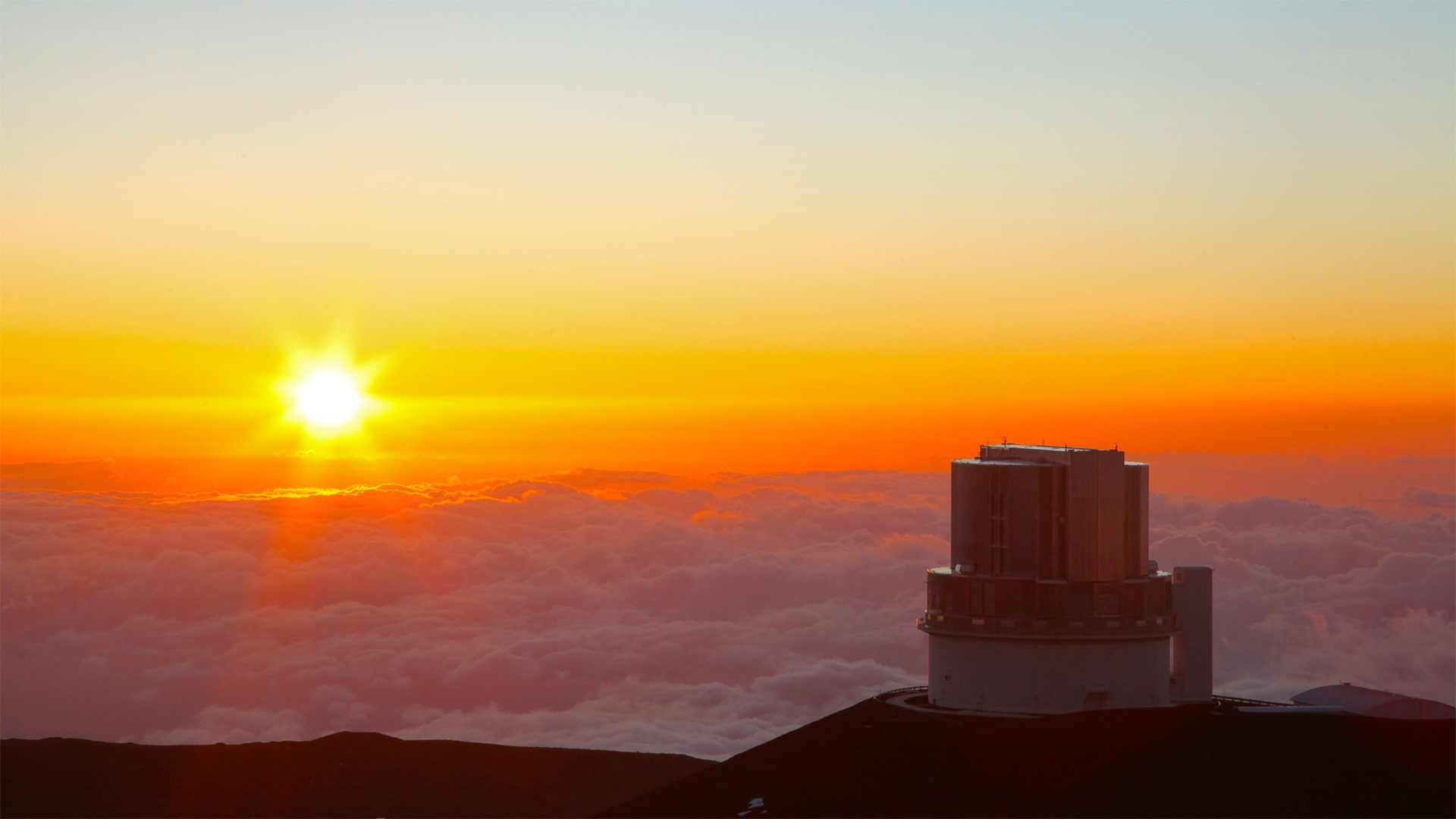
Science at the Extremes: Suburu Telescope
The Subaru Telescope is located at the 13,780-foot (4,200 m) summit of a dormant volcano, Mauna Kea, on Hawaii's Big Island. Astronomers wield its powerful 8.2-meter mirror and various instruments to conducti a wealth of cosmic investigations, including into objects in our solar system, star formation, the workings of our Milky Way and other galaxies, black holes, and the expansion of the universe. Mauna Kea's summit rarely warms beyond 50 degrees Fahrenheit (10 degrees Celsius), and winds can reach 100 mph (160 km/h). When astronomers leave the summit, they can drive to sea-level towns in about two hours — one of the few places on Earth where such a dramatic change in elevation is possible in so short a span. Subaru is operated by the National Astronomical Observatory of Japan.
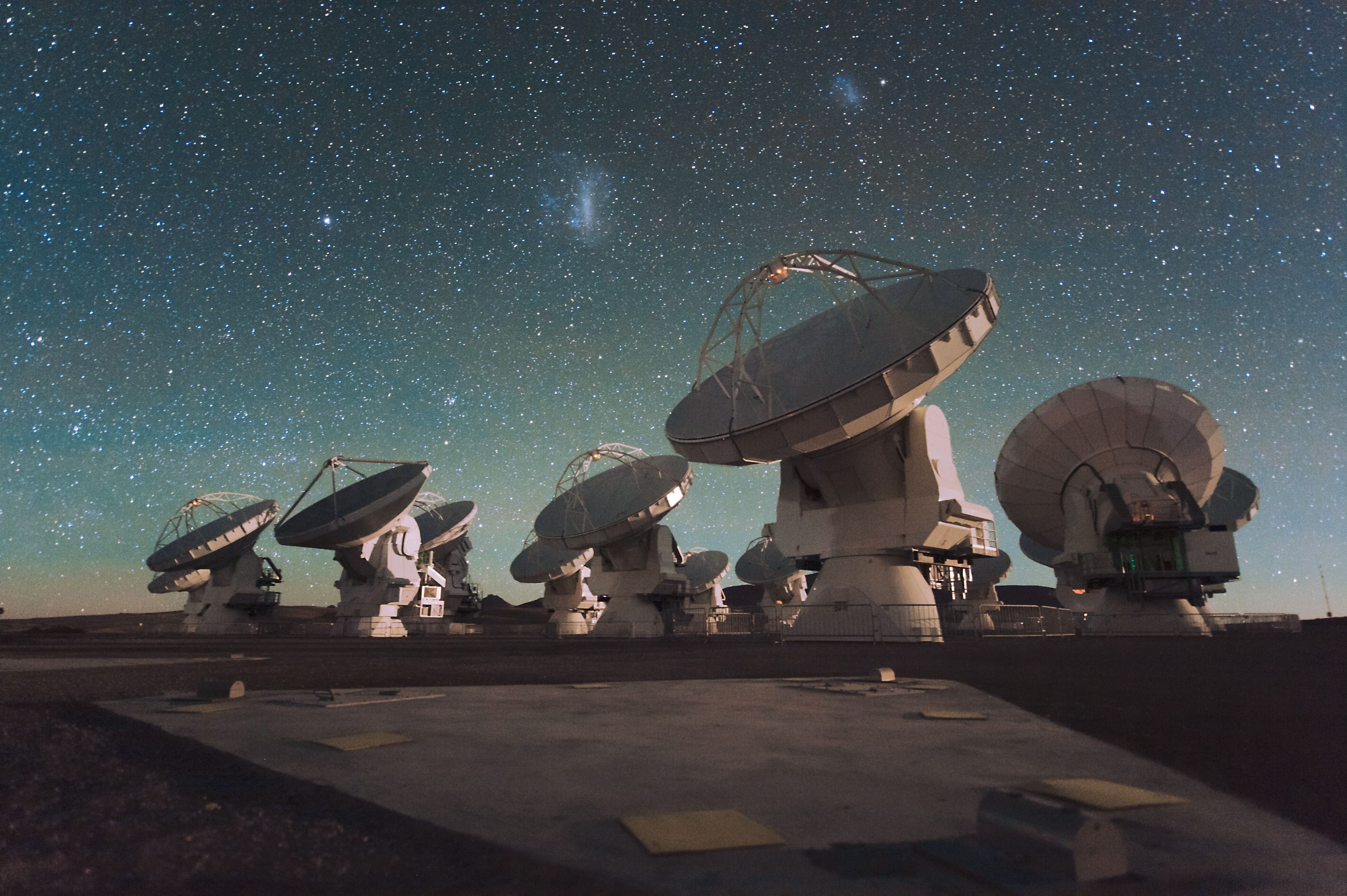
Science at the Extremes: Atacama Large Millimeter/submillimeter Array (ALMA)
ALMA consists of 66 antennas spread out across the 16,400-foot-high (5,000 m) Chajnantor Plateau in Chile's Atacama Desert, one of the driest places in the world. High in the Andes Mountains, the temperature at the ALMA site is chilly, dipping below the freezing point at night but working up to around 40 degrees Fahrenheit (4 degrees Celsius) on a typical summer's day. During construction and early operations, visitors and staff stayed in shipping containers converted into living spaces. In early 2017, a building complex, the Residencia, opened to accommodate visiting scientists. ALMA is an international partnership among Europe, the United States, Canada, Japan, South Korea, Taiwan, and Chile. Construction began in 2003 and the facility was inaugurated in 2013. The observatory specializes in detecting cold clouds of gas in space that contain the building blocks for galaxies, stars, planets, and potentially biological life.
The Kavli Foundation: Each of you abandoned the relative comfort of home to work in some of the more remote regions of the world — all for the sake of your research. Did you have any Wizard-of-Oz-type, "We're not in Kansas anymore" moments, when the "otherness" of these new places hit you?
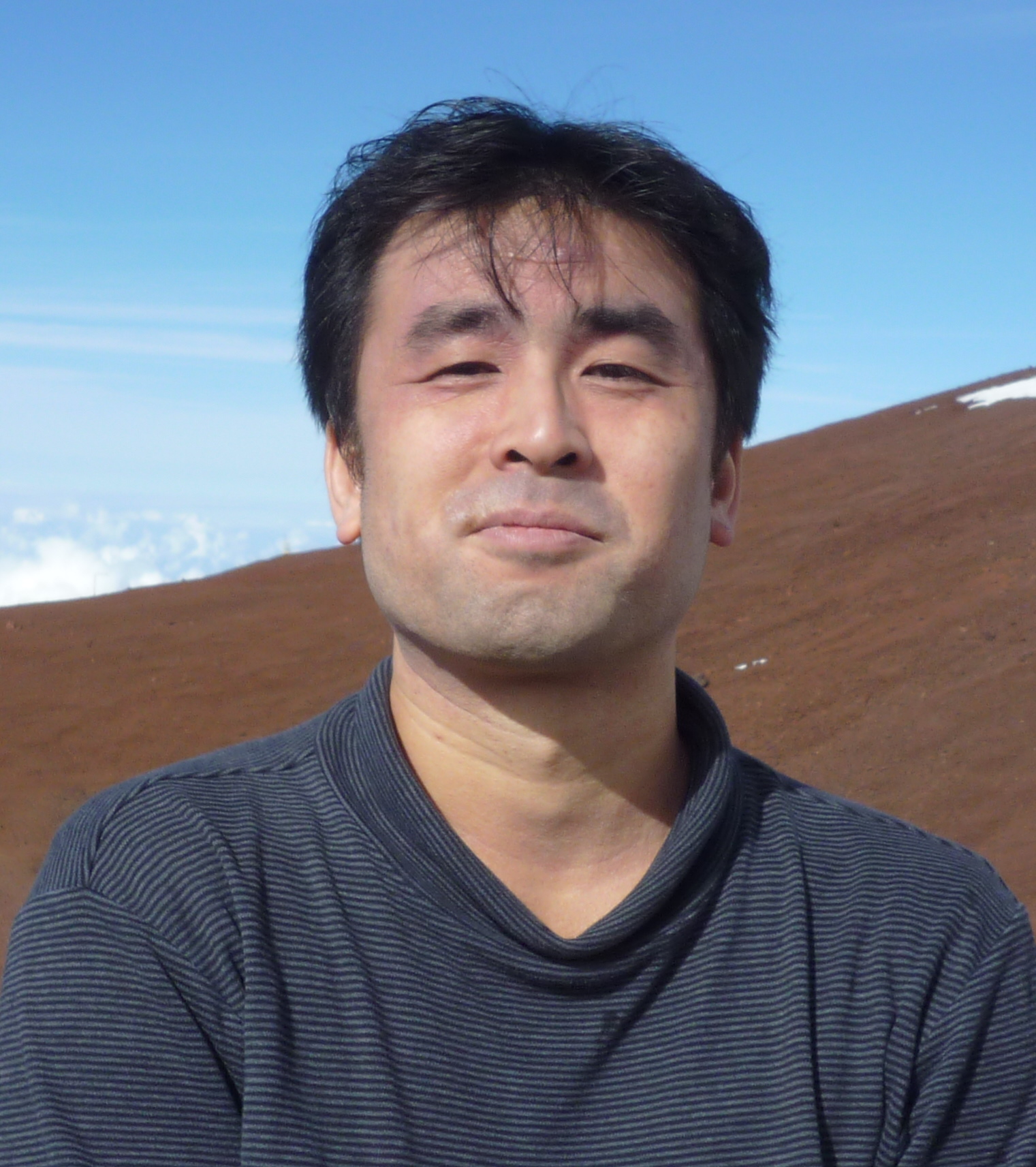
Naoyuki Tamura: As you're driving up to the mountain of Mauna Kea, the landscape changes with the altitude and the forests and shrubs disappear. When I saw the summit of Mauna Kea the first time, it looked like a photo of Mars. It is so high that there aren't any trees, plants or grasses. It's a windswept desert of volcanic debris. Up there, you can sometimes see above the clouds, so it's just impressive.
Amy Bender: Certainly, the very first time, it was special, getting off the plane, stepping onto the ice at the South Pole, looking around and thinking, "Wow, where am I?" Then you run off and go straight to work, so you don't really have time to contemplate that moment for too long. You fall into this routine of daily life. Then, walking down the station hallway, you suddenly look out the window and are reminded where you are. I guess you could describe those moments as very Wizard-of-Oz-like.
The South Pole is devoid of life except for what we've brought in ourselves. There are no plants. There are no animals. There are no insects. There is only snow in every direction, and a completely flat horizon. The best landscape we get is from the interaction of the wind with the snow. This builds up snow drifts around the buildings and also creates these very beautiful, windswept snow sculptures called "sastrugi."
I'll also mention about when you fly in to Antarctica, you look out the window and see giant ice floes in the water. Those become more and more tightly packed, and then eventually you see the snowy mountain edge of the continent. Those views of the coast are the most stunning of the trip.
John Richer: In the early days of the ALMA project, before we'd started building on site, we arrived in the little town of San Pedro de Atacama, a couple of hours drive from Calama, the nearest airport in Northern Chile. San Pedro is a small town, with a baked-mud main street and very simple buildings running up and down it. I realized this was going to be the closest thing to a city near the observatory we were going to build. [Meet ALMA: Amazing Photos from Giant Radio Telescope]
When we first arrived in San Pedro de Atacama. I remember looking up from the village at the mountains. Within this complicated and distant landscape of jagged peaks, there was a little flat section. My colleague told me that is the plateau where we're going to build the ALMA telescope. Later in the day, we drove there, climbing up to 5,000 meters above sea level, and emerged onto this plateau. It was astonishing to be so high up and yet be on such a flat, wide terrain, with a few volcanic peaks poking out of it. There was an incredible sense of space.
Now much of that plateau is covered in roads and antennas and buildings for the observatory, but it remains a beautiful place. Occasionally you'll catch these hints of flora and fauna just about surviving up there. We'll see a fox or a vicuña, a couple of donkeys, and a few flowers clinging on to the little bit of moisture that's around. But it's a mostly barren, rocky and dusty environment.
We do get some variation. When snow falls in the springtime, there are these amazing formations called penitentes. They are icy, wind-carved blocks that look like praying penitents.
The Atacama Desert is a spectacular place. It never fails to stir your mind and body when you get there.
TKF: Amy, you're a veteran of Antarctica now. As a native Nebraskan, how does a Great Plains winter compare to the climate in Antarctica?
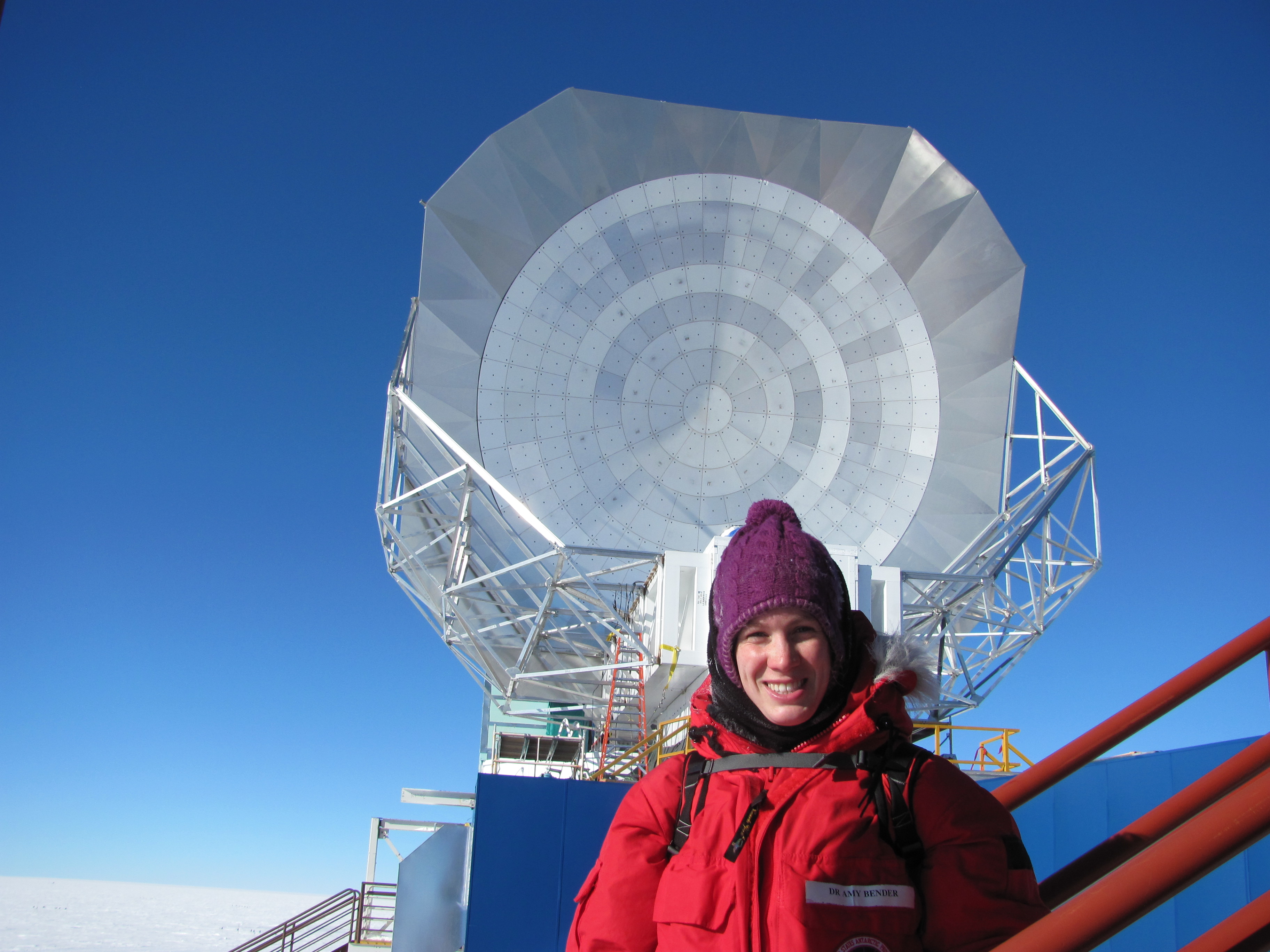
Bender: It doesn't even come close! A Great Plains winter can be severe, but it has breaks for days where it warms up and the snow melts. That doesn't happen at the South Pole. You have this continuous, chilling cold.
TKF: What drew you to doing science at the South Pole in the first place?
Bender: I never thought I would end up at the South Pole. I originally was studying something completely different in graduate school but ended up deciding that I wanted to work on scientific instrumentation. That led to joining the South Pole Telescope as a post-doc.
TKF: John and Naoyuki, what drew you to doing science so far from home, in the Atacama Desert and at Mauna Kea, respectively?
Richer: I cut my teeth as a young graduate student at the James Clerk Maxwell Telescope on Mauna Kea, studying star and planet formation. That work led to the realization we needed a much bigger telescope to resolve the cosmic structures we could just barely detect with James Clerk. We started putting together a plan to get the U.K. involved in what became the international ALMA project. In the mid- to late '90s, I became its first U.K. project scientist.
I have very specific memories of my first trip to Chile. I was used to working at altitude in Hawaii, but I hadn't experienced that extra thousand meters of altitude you have at ALMA. Going up to the plateau, at 5,000 meters, I remember thinking, this is an extremely tough place to build a telescope — the aridity, the sheer exhaustion of trying to think and work up there. I was filled with . . . not fear, but real worry that we were biting off more than we could chew. This was clearly going to be a massive engineering and human challenge.
Tamura: When I was a master's student, I wasn't interested in making telescopes or instruments; I was dedicated to using them! But in the course of doing astronomy, I found I wanted to be more familiar with the instruments themselves. Luckily, one of my senior colleagues was working in this area, so I joined a team and got involved in making the hardware and software components for a new instrument for Subaru. My job was to integrate them at the Mauna Kea Observatory. [The Subaru Telescope Atop Mauna Kea in Hawaii: A Photo Tour]
TKF: Let's talk about the preparation, physically or mentally, that goes into deploying so far away from home.
Bender: We don't do any physical training, though perhaps we should, because the combination of the South Pole's extreme cold and altitude can pack quite a punch. We do undergo an extensive physical examination to ensure we won't have any problems while we're down there, because access to medical care is extremely limited.
The biggest challenge is really going through all the scenarios and anticipating everything you might need to complete your work down there. Because when you're at the South Pole, you can't just run to the hardware store and buy a new screwdriver. You have to bring it with you. For example, this year we needed to repair the cryogenic refrigerator system. The part we needed was completely custom, but fortunately we had a spare someone had brought down in their luggage, so we were able to make the repair.
Tamura: For Mauna Kea, we did not do special training, but the risk of altitude sickness is very real. During my initial few visits to the summit, I had quite a few struggles. I had a severe headache, I didn't want to eat anything and I couldn't sleep well. But after a few visits, I got much better physically.
Then I realized that because of the altitude, you make quite a few stupid mistakes, and when you talk to people, discussions do not go very efficiently. So you need to do much more preparation. You have to have a clear idea of what to do before you go up to the summit. You need to make a clear list of actions.
TKF: John, you mentioned the effects of working at high altitude earlier. How did you cope with them?
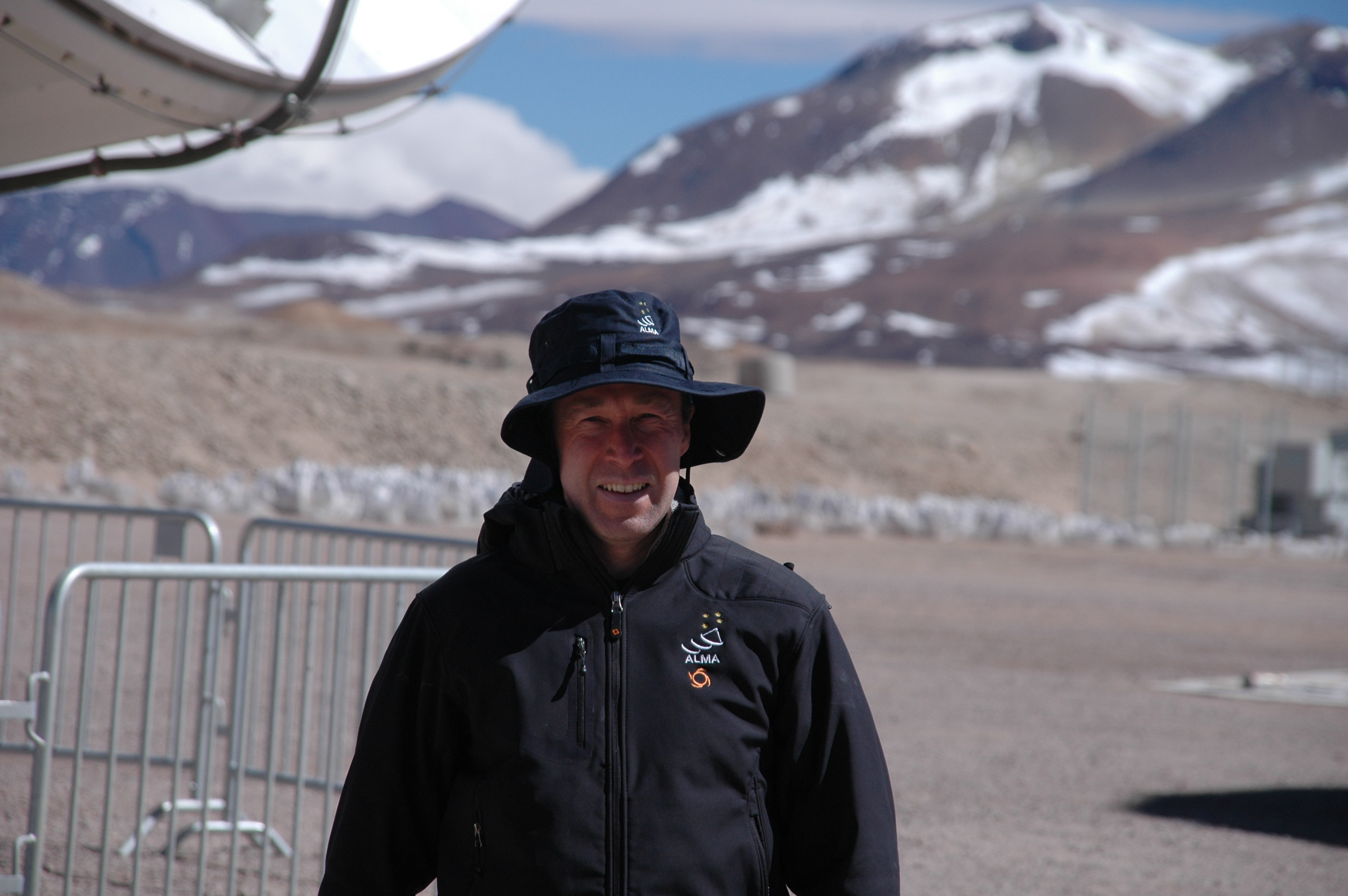
Richer: In Chile, we tackle altitude sickness by acclimatization, and giving people extra oxygen. By sleeping at the Operations Support Facility, the OSF, at 2,900 meters, the body adapts somewhat to the thin air. And we actively enrich the oxygen in the control room up at the 5,000-meter ALMA site. If people need to work outside of the building there, we give them oxygen tanks so they can take a deep breath, clear their heads and feel a bit better.
The important thing to know is that altitude sickness can strike all sorts of people without warning. I've been up at ALMA with young fit people who feel terrible; meanwhile, you've got 60-year-old, unfit professors running around like they're perfectly happy. Altitude sickness does not respect youthful fitness!
TKF: So once you're adjusted, what's it like working and living in these extreme locations? I presume outdoor barbeques were not an option at the South Pole, Amy?
Bender: There is very little time to be bored. We have a maximum of three months to do all of our maintenance, retrofitting and everything else, and then to get out.
But there is downtime. And, in fact, we do have outdoor barbeques! We play sports outside, such as ultimate frisbee. There are people that run a South Pole marathon every year. Certainly, you have to dress appropriately for it. Wearing 20 pounds of extra clothing slows everyone down. [Image Gallery: Life at the South Pole]
There are about 150 people in the summertime, so there are large, group activities. We'll have open mic night, for example, or board game night, or volleyball, basketball or badminton games in the gym. My favorite is open mic night, because it's pretty amazing all the talent that comes out of the woodwork. But me, I don't sing. I sit in the back and listen and enjoy the show. [Laughs]
Tamura: Get-togethers up on Mauna Kea were not an option. Where people would spend down time is in the nearby city of Hilo, at sea level, on the east side of the Big Island, about two hours from the summit of Mauna Kea. It's really a good city in which to live. There is not as much entertainment as in Honolulu, but there is a lot of nature and it's very quiet. You feel as if time flows more slowly than usual. I was worried about whether I could work hard, living in Hilo, but it wasn't a problem. Maybe I was too much of a workaholic. [Laughs]
Richer: To try to break the monotony, I would go for an afternoon run from our digs at the ALMA OSF, which as I mentioned was further down the mountain at about 2,900 meters of altitude. That was tough. I love running, but at that altitude with very, very dry air, we coughed, breathed hard and didn't go very fast. Still, it was a blast and gave us a break from our work.
After several days of work at ALMA, I think getting off site for a break was important. In the evening, we'd sometimes drive down to San Pedro de Atacama and have a meal there. That got you out of the somewhat claustrophobic environment of the OSF, where all these people were working very intensively on one particular project with little else to do; dinner in San Pedro was a chance to relax and stop thinking about the work to be done. Of course, at home, many of us will enjoy a glass of wine or beer with dinner. But drinking at altitude is a really bad idea. It makes me feel shockingly bad.
TKF: What were your living quarters like?
Tamura: We are prohibited from staying up at the summit because it's too dangerous with the thin air. So when I had to work on the summit or participate in an observing run lasting several nights, I'd stay at dormitories inside stone houses, called Hale Pohaku, that were a bit less than 3,000 meters up the mountain. From there, it's only about 30 minutes to reach the summit.
Richer: On our first trips to the area, there was nothing yet built at higher altitudes. We would stay in the small hotel Casa de Don Tomas, in the desert town of San Pedro de Atacama. I recall being surprised how cold it was at night there. I needed all the blankets on the bed to stay warm. On later trips, we stayed in compact but comfortable living quarters in some simple, prefabricated buildings erected at the OSF, just a few miles outside San Pedro. But being that high above sea level in the very dry and low-oxygen air did not make for an easy night's sleep. I remember sleeping fitfully, with regular awakenings to sip on water.
Bender: Housing in the South Pole Station is like a very small dorm room, but you have one to yourself! There's just enough room for a twin bed and desk. They're nice and warm, and always quiet since people are always trying to sleep. Everything is fairly new, as the current station was only completed a few years ago. On the negative side, though, we only get very short showers twice a week.
TKF: Amy, you also had to deal with a never-setting sun on your trips during Antarctic summer. What was that like?
Bender: It's strange how quickly you get used to it. You end up associating times of day with where the sun is in the sky. In my room, I always keep the shade drawn, and put up a piece of cardboard to make it really dark. That way, when it's time to sleep my body is less confused. Going back to New Zealand, where we go when we leave the Pole, and watching the sun set again for the first time — that's always special.
TKF: What's one item you wish you'd packed for your trip, or were very happy that you did?
Richer: I always take sunscreen — and chocolate. I don't know why that is. Your appetite is suppressed at high altitude. You don't really want to eat heavy meals, yet I always had a craving during the long nights for chocolate. That was my crutch.
Tamura: I also always tried to have a snack in my pocket, like candy or chocolate or something I could eat immediately when I felt cold or hungry. That and lots of warm clothes!
Bender: I always wish I have more socks. At the South Pole, you walk around in heavy, insulated boots that cause your feet to be very warm when you come inside. Your feet start to sweat and you quickly end up needing a change of socks.
TKF: Do any of you have plans to go back to the "ends of the Earth" for astrophysics, and if so, anything you would do differently this time?
Bender: I'll be heading back at the beginning of November. I have to keep in mind that every year the work we do down there is different, so I have to stay flexible and be prepared.
Richer: Now that ALMA is up and running, it's operated almost like a telescope in space, because astronomers don't need to go there to do observations. The scientists compete for observing time via an international completion, and if they are successful they request the observations from their home institutions, and the local staff at ALMA carry out the observations: data are then sent to the scientists over the internet. So for regional Project Scientists like me, it's a case of job done. But it would be nice to spend some sabbatical research time in Chile and actually get to do science with the observatory. That's why we built it, to make discoveries, and those are coming in thick and fast now.
Tamura: At the University of Tokyo, I'm currently working on delivering another new instrument to Subaru. In the next two or three years, I will probably go to Hawaii and once again run around on the summit of Mauna Kea.
TKF: And maybe this time pick up a keepsake?
Bender: There is, in fact, a store at the South Pole research station, so I have quite a few sweaters with "South Pole Station" written on them. Also, once you've spent enough time in Antarctica, the U.S. government sends you a medal, which is kind of fun.
Richer: Sitting on my windowsill, right in front of me, is a piece of salt carved from a salt flat below the observatory, close to where we held a groundbreaking ceremony for ALMA. On that big lump of salt is a little plaque commemorating the official kickoff of the project. I look at that bit of salt every day and it reminds me of how far we've come with ALMA.
Follow all of the Expert Voices issues and debates — and become part of the discussion — on Facebook, Twitter and Google+. The views expressed are those of the author and do not necessarily reflect the views of the publisher. This version of the article was published on Space.com.
Join our Space Forums to keep talking space on the latest missions, night sky and more! And if you have a news tip, correction or comment, let us know at: community@space.com.
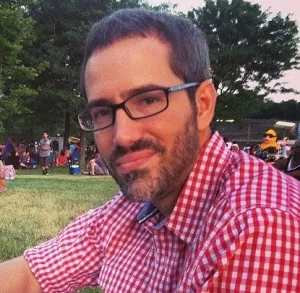
Adam Hadhazy is a contributing writer for Live Science and Space.com. He often writes about physics, psychology, animal behavior and story topics in general that explore the blurring line between today's science fiction and tomorrow's science fact. Adam has a Master of Arts degree from the Arthur L. Carter Journalism Institute at New York University and a Bachelor of Arts degree from Boston College. When not squeezing in reruns of Star Trek, Adam likes hurling a Frisbee or dining on spicy food. You can check out more of his work at www.adamhadhazy.com.









